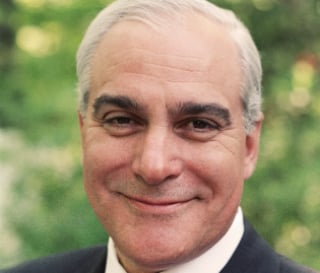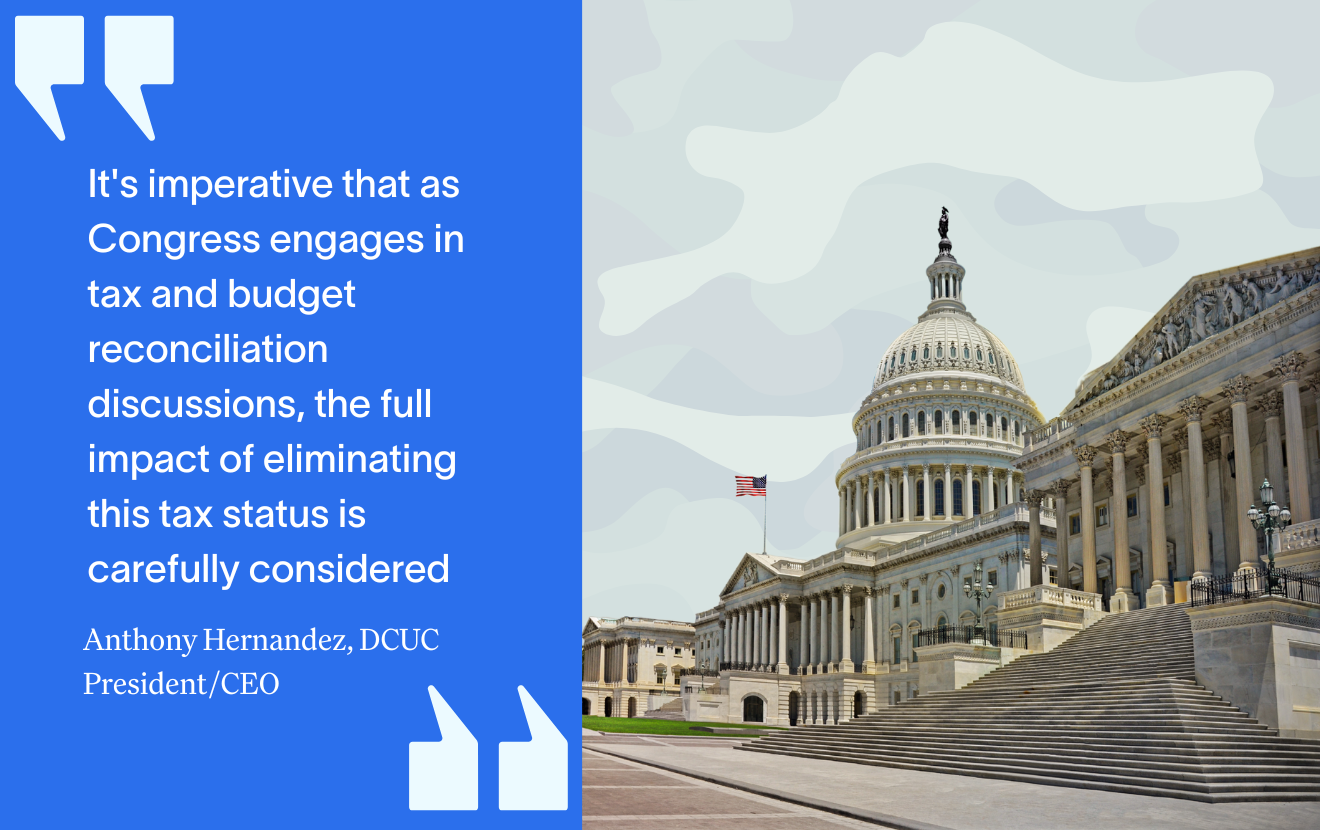I advise my clients to constantly consider ways to increase the leadership capacity of their organizations. Effective communication, especially in meetings, is an effective means to do so. Surveys of executives show that they can spend up to 40 to 50% of their time in meetings. Many executives observe that up to 50% of the time people spend in meetings is wasted. Leadership capacity is lost.
This article discusses several takeaways from my books, Cut to the Chase and The Six Fundamentals of Success, which are designed to increase leadership capacity. We recommend that organizations establish common language and common practice in their communications to become more productive and to make meetings more effective. Some important principles include: establishing ground rules; effectively using your company’s Mission Statement; starting with the end in mind by knowing what you want to achieve before you initiate a meeting; being prepared for the meeting; knowing when to meet and who should meet; if you are the facilitator, always establishing an agenda; and, by the meeting end, summarizing and having an action plan created.
Common practice involves ground rules, such as: starting meetings on time, participants arriving on time, establishing an end time and ending on time; coming prepared to contribute, not interrupting, staying on point, listening carefully and eliminating distractions like phones and mobile devices. Common language can involve letting people know that you “got it” when you clearly heard a point that someone made. Often in meetings, someone makes a point and then repeats it several times. Telling someone that you “got it” after the point is first made, not only saves time, but is respectful to the speaker by demonstrating that you are listening and understanding. This common language also respects the participants by keeping things on track and conserving time. Furthermore, use of the Mission Statement forms an important part of the common language. Your Mission describes the purpose of your organization; it can help you make solid business decisions. Use it to create ideas and validate the quality of ideas. It can guide you in choosing among different options being considered.
Common practices are considered even before you organize a meeting. Start with the end in mind, knowing what you want to achieve before you start. A clear vision of what you want to achieve in the end will keep you moving towards the goal. You should ask yourself whether a meeting is the best forum to achieve the goal, examining other options for effectiveness instead, such as phone calls, emails or teleconference. Consider would happen if the meeting did not occur. Before meeting, ask yourself: “What do I want to accomplish? What do I need from the participants? What information do I want to share with them? What can I do to add value for the participants? How will the meeting’s effectiveness be measured?" Many people attend meetings where they wonder why they are there. You can increase leadership capacity by observing the common practice of only inviting participants according to the functions needed for, and critical to, accomplishing the goal. The attendees and those not invited both will thank you. Others may be briefed afterwards as necessary.
A well-thought-out agenda is another essential common practice; it lets participants know what is expected of them before, during and after a meeting. The participants know that the meeting’s ending time will be observed, which will keep them focused on effective use of the time they are together. Perform a debrief at the meeting end by asking your team, “Did we accomplish everything we set out to do? Do we have a clear action plan? Is everyone clear on their role, deliverables and timing on next steps?”
Establishing this type of common language and common practice for meetings throughout your organization will increase effectiveness and productivity. It will serve to increase leadership capacity. Time is leadership’s most precious resource. Using it most effectively is leadership’s charge.







